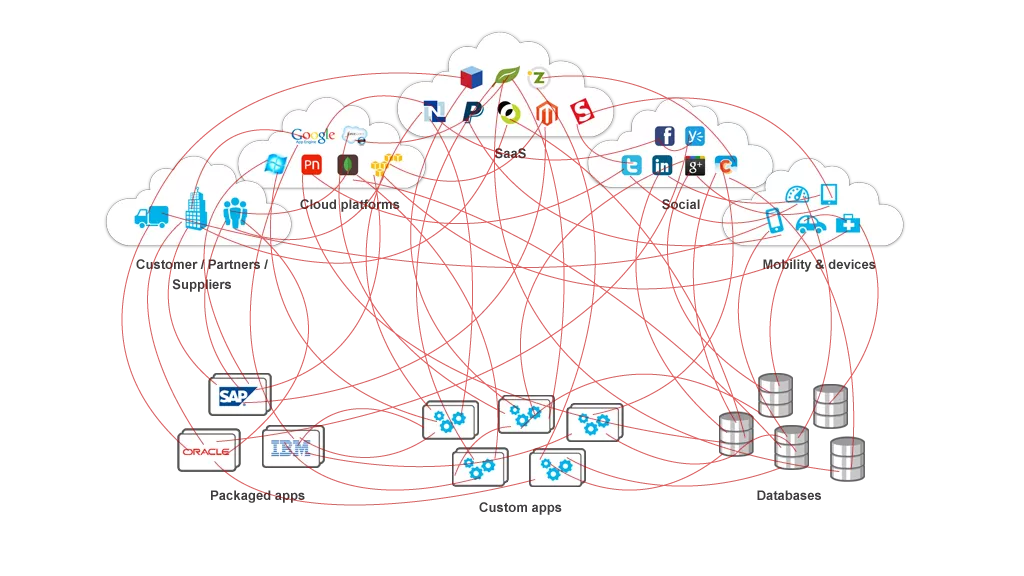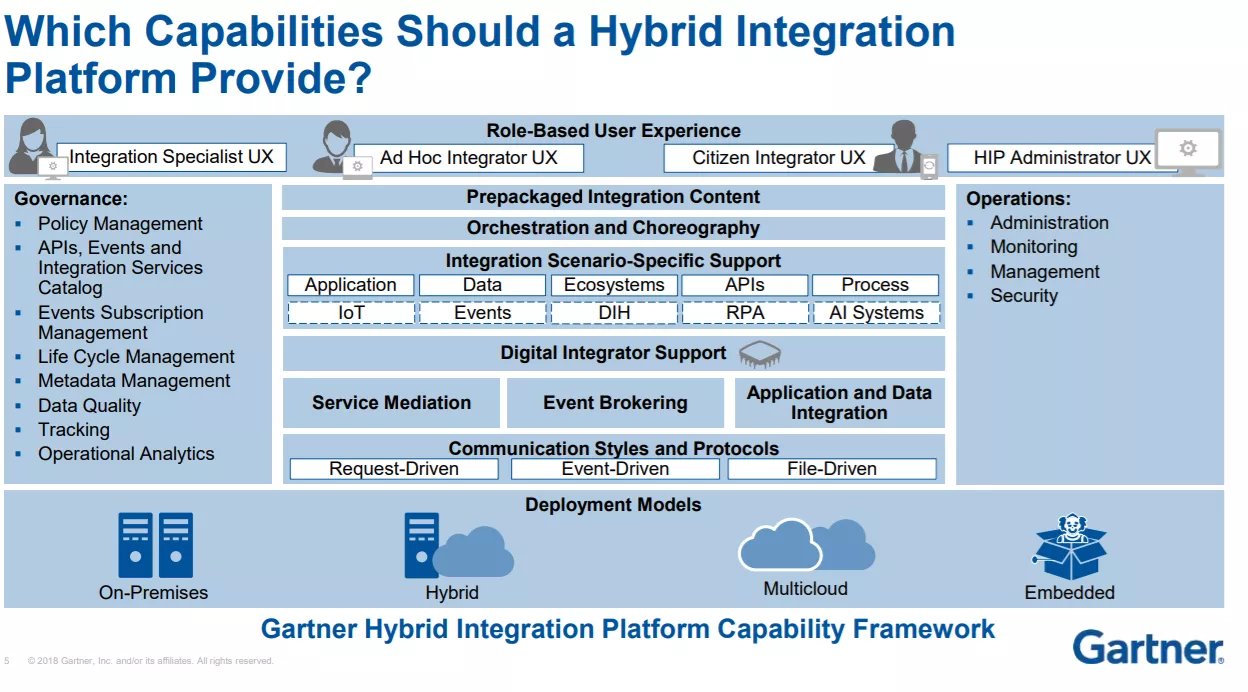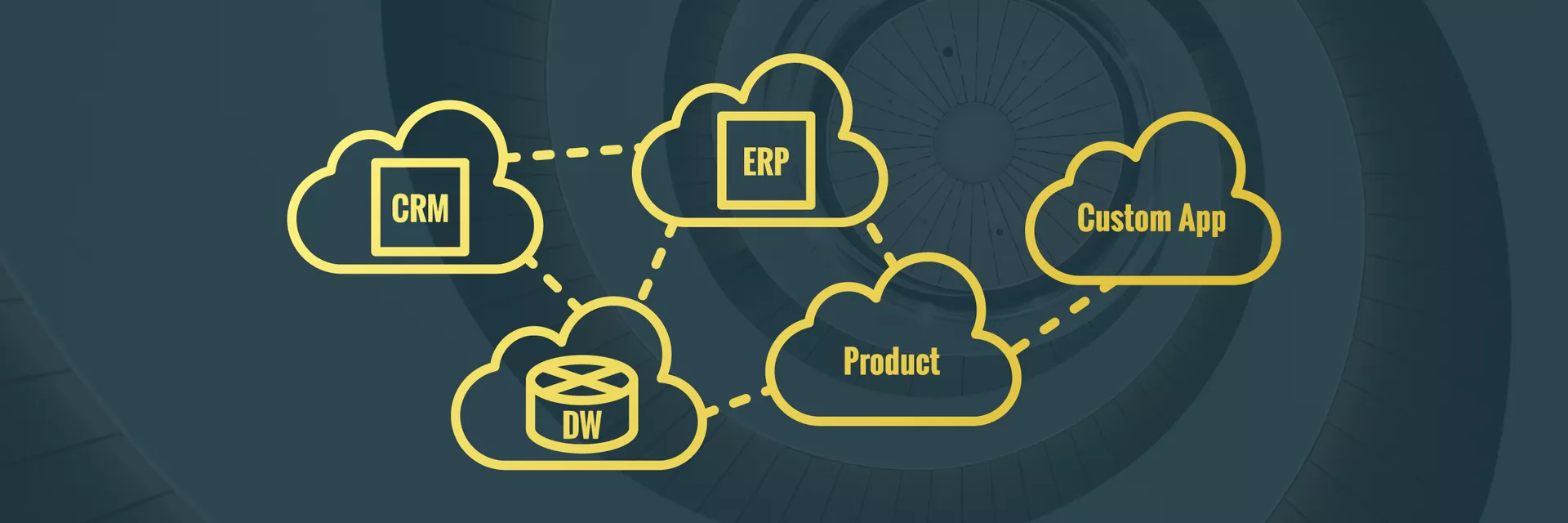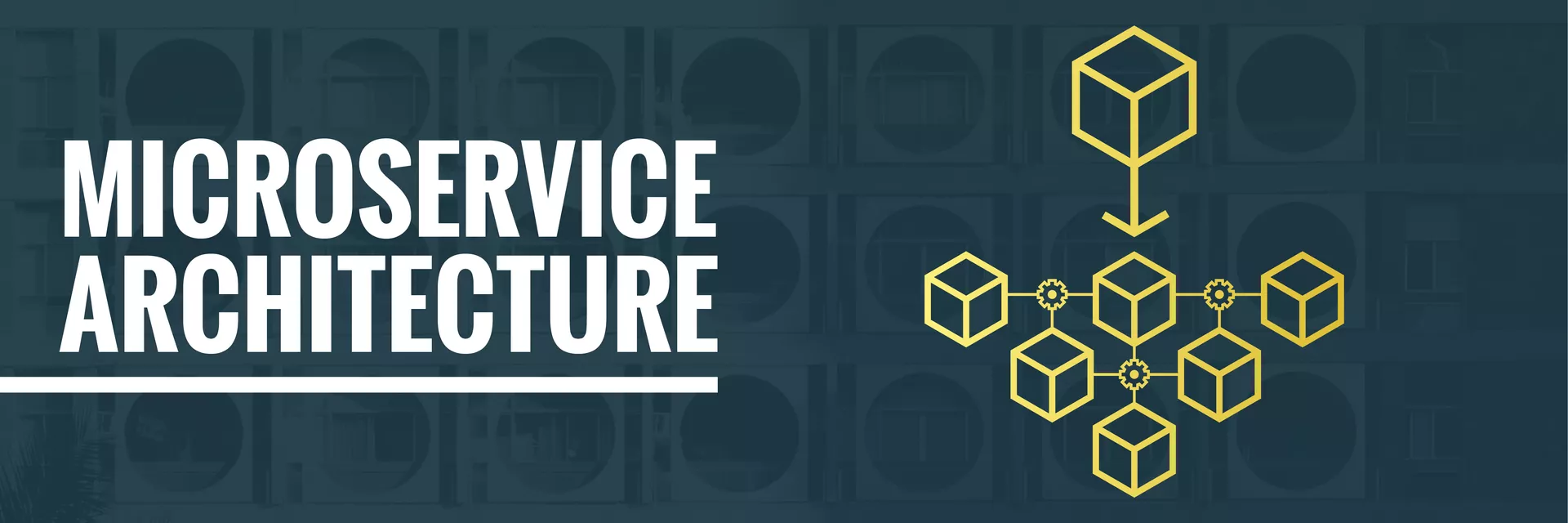Do you think integrating a SaaS application is easier than integrating a packaged (on-premise) application? Whatever your answer might be, it is probably not a simple yes or no answer and every integration has its own challenges. In this blog, we take a bite out of the challenges of integrating SaaS applications. We’ll be looking at specific integration capabilities that these applications offer and how we can best manage these integrations.
Hungry? Integration spaghetti!
In the past, integrations would be limited to the enterprise’s own data-center. Any integrations to the “outside-world” would typically be considered B2B traffic and would most likely encompass very specific and highly standardized communications (ex. EDIFACT).
With the increasing digitization of companies, the use of SaaS applications and the importance of digitally connecting to our customers/employees/partners, the scope of integration increased and moved beyond the boundaries of the enterprise and into the cloud.
The same drivers are transforming enterprise-IT-landscapes into a collection of more distinct, specialized and distributed applications. This, in turn, is enforcing the need for an adapted integration architecture that is capable of handling this transformed landscape.

Need a fork?
Integration platforms.

With complex and diverse integration challenges, the days of the “single integration component” are over. While Enterprise Service Buses and integration servers still have their function, today they are supplemented by API-gateways, streaming ingests, orchestration engines,… Moreover, they don’t need to be single instances, they can be set up as multiple instances, deployed over multiple places (on-premise, cloud). All these components with their distinct functionalities come together to form a hybrid integration platform. This platform aims to provide a complete set of integration capabilities to tackle the company’s integration challenges.
Gartner, with their Hybrid Integration Platform (HIP), has done a fine job in listing the possible capabilities you could look for in such a platform.
Every company has a unique landscape and unique integration challenges. As such, there is no general HIP solution. Companies should build their HIP capabilities based on their needs while keeping the cost/added-value ratio in mind.
Let’s order… Looking at some SaaS offerings
We have evaluated multiple SaaS platforms and their integration possibilities to find common denominators. Next we looked at their impact on the integration platform’s capabilities.
SAAS = CLOUD = HTTP = API
|
1. |
REST-style API |
|
2. |
SOAP service |
|
3. |
Other: OData, GraphQL, … |
Integration platforms are well positioned to handle these cases. These platforms will even provide adapters for the major SaaS offerings which will abstract some of the technical aspects of these SaaS-services. This could push the maintenance to the adapter, making your integration code more manageable.
Need for feedback
The typical HTTP service provides a request/response interaction. However, a common integration scenario is: When an event happens on the SaaS, other applications need to be informed/updated.
In its most simple form, this can be implemented by a form of polling using the HTTP-service. However this is not an ideal solution, because it can take up unnecessary resources. A few SaaS applications offer more suitable solutions such as websockets or webhooks that facilitate a much easier event-based integration.
|
1. |
None (polling) |
|
2. |
Webhooks through customization |
|
3. |
Webhooks |
|
4. |
Websockets |
Polling can put extra stress on your integration platform as the process needs to be scheduled. Handling webhooks is typically well-supported. Websockets will require specific capabilities from your platform.
Prepackaged meals: included integration capabilities
A few SaaS offerings come with additional integration capabilities that could be included or be part of an additional offering. We have distinguished various options:
|
Custom integration hub |
iPaaS |
PaaS |
|
· Integrations are focused on SaaS needs, can not be used as a central integration platform |
· Typically will come with out-of-the-box support for SaaS or with predefined integration scenarios · Can be used for other integrations · Typically additional offering |
· Programming environment for customizing the SaaS can be used for creating integrations. No integration focus. · Focused on SaaS needs · Requires specific skill set |
When the SaaS comes with integration capabilities, special care needs to be taken to position any integration logic on this component. It will boil down to the question where to implement the integration logic: in the HIP or in the integration platform offered by the SaaS.
The bill, please
With SaaS applications taking a more prominent role in the enterprise-IT-landscapes, the integration spaghetti hasn’t become easier, on the contrary. But with the right positioning of integration capabilities, your company can manage this spaghetti efficiently. Selecting the right capabilities for your specific integration context can be quite complex.
Need help in positioning and selecting the right capabilities for your integration platform? Feel free to contact us!
Some more integration blogs for you
ALWAYS LOOKING FORWARD TO CONNECTING WITH YOU!
We’ll be happy to get to know you.









